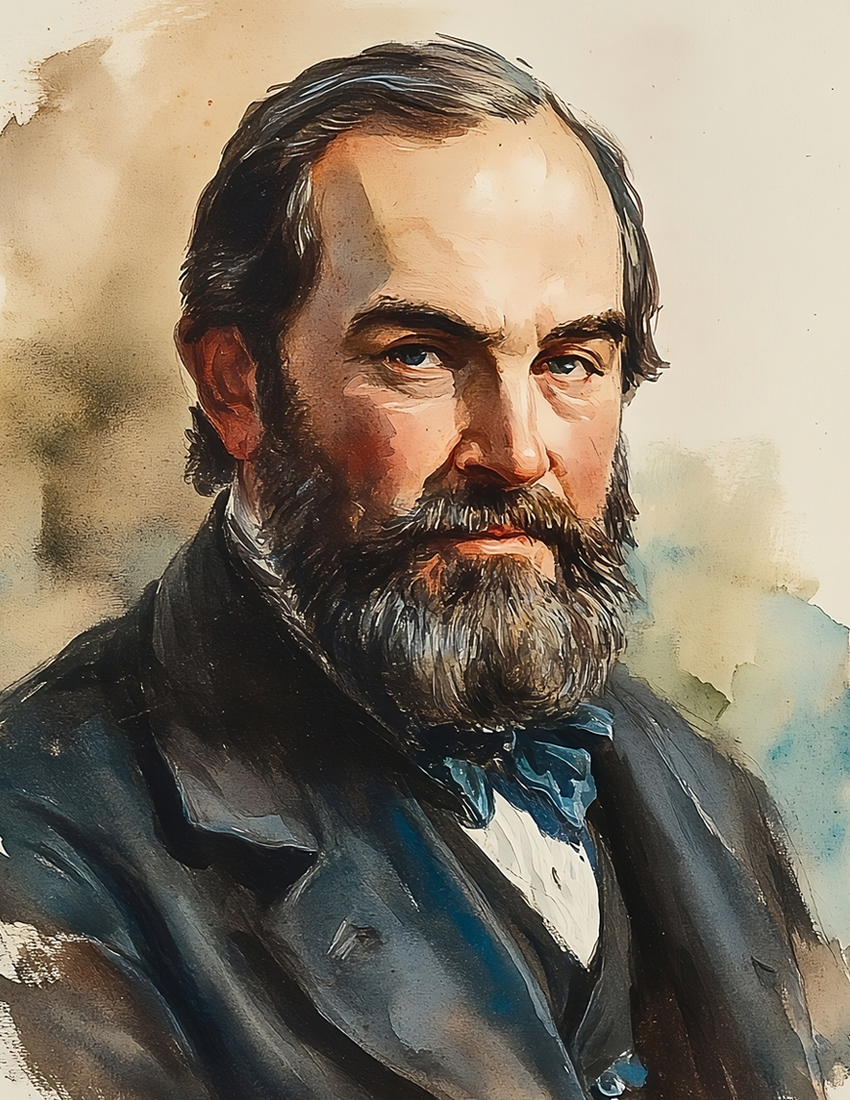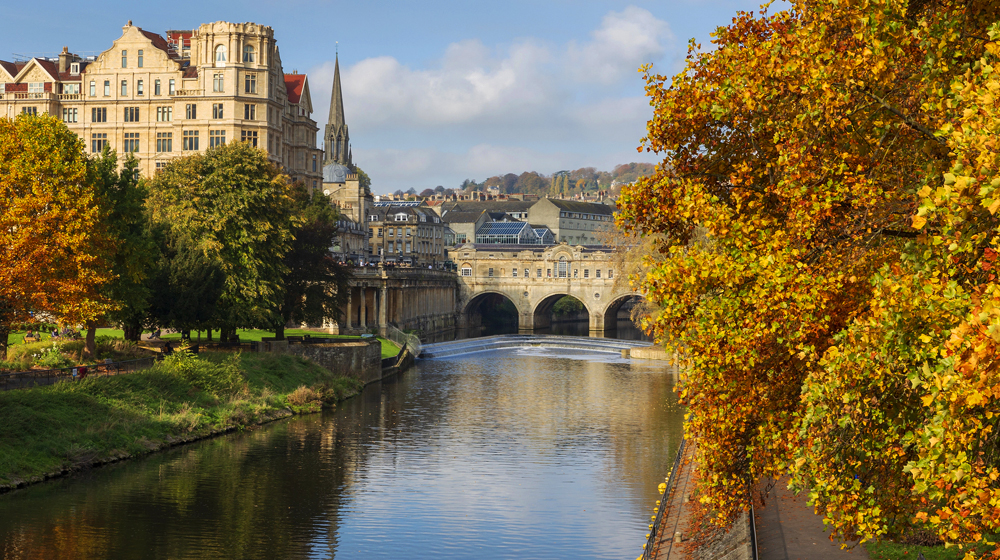Born: October 7, 1835, Spa Villa, Bath, England.
Died: March 10, 1917, Newport, Monmouthshire, England.
Folliott Sandford Pierpoint

Hymns by Folliott Pierpoint
For the Beauty of the Earth stands as one of Christianity’s greatest hymns of gratitude, inviting believers to find God’s glory in everything from mountain peaks to human love. Yet few know that this beloved song of praise came from a classics teacher who spent his days surrounded by ancient texts while his heart remained captivated by the living beauty of God’s creation.
Early Years in Bath
Folliott Sandford Pierpoint was born in Bath, England, 1835. The setting of his birth proved prophetic, for Bath’s natural splendor – with its rolling hills, ancient springs, and honey-colored stone buildings – would shape young Folliott’s perception of divine beauty. Growing up in a time when the Church of England was experiencing a revival of traditional worship through the Oxford Movement, Folliott developed a deep appreciation for the sacred in both nature and ritual.
Education and Faith
His path led him to Queens’ College, Cambridge, where he pursued his studies in classics. While many scholarly minds of his day were turning away from faith, Folliott’s academic pursuits only deepened his spiritual sensitivity. He became a devoted Tractarian, joining a movement that would profoundly shape his understanding of worship.
The Oxford Movement
Tractarianism, also known as the Oxford Movement, sought to restore the Church of England’s Catholic heritage in the 1830s. The movement drew its name from the influential “Tracts for the Times,” published by Oxford scholars who wished to emphasize the church’s ancient traditions. These Tractarians believed in finding God’s presence in the physical world – in sacred spaces, in ritual, and in the beauty of creation. Such beliefs would later echo through Folliott’s hymn writing, where earthly beauty points consistently toward heaven.
Teaching and Writing
After university, Folliott took up a post as a classics master at Somersetshire College. Day after day, he shared his knowledge of classical studies with his students, all while Bath’s surrounding countryside preached its own silent sermon about the grandeur of God. It was here, at the age of twenty-nine, that Folliott penned For the Beauty of the Earth. The hymn emerged not from any great crisis or spiritual epiphany, but from a heart that had learned to see God’s handiwork in everything from “sun and moon and stars of light” to the “human love and friendship pure.”
A Gift That Echoes Still
Though Folliott would go on to publish several collections of poetry, including The Chalice of Nature and Songs of Love, it was this single hymn that carried his spirit of gratitude to generations of believers. His life’s work included both teaching and writing, and while he spent many years in the Bath area that had first inspired his famous hymn, his final days were spent in Newport where he passed away in 1917 at the age of 82.
Today, whenever congregations sing For the Beauty of the Earth, they join in a tradition that began with a classics teacher who found extraordinary worship in ordinary wonders. The hymn stands as proof that sometimes the most profound expressions of faith come not from dramatic spiritual experiences, but from quietly observant hearts that have learned to spot God’s fingerprints in every created thing.
Lord of all, to Thee we raise
This our sacrifice of praise.


